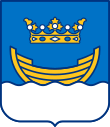
The University of Helsinki is a public university in Helsinki, Finland. The university was founded in Turku in 1640 as the Royal Academy of Åbo under the Swedish Empire, and moved to Helsinki in 1828 under the sponsorship of Tsar Alexander I. The University of Helsinki is the oldest and largest university in Finland with the widest range of disciplines available. In 2022, around 31,000 students were enrolled in the degree programs of the university spread across 11 faculties and 11 research institutes.

The Jardin des Plantes, also known as the Jardin des Plantes de Paris when distinguished from other jardins des plantes in other cities, is the main botanical garden in France. Jardin des Plantes is the official name in the present day, but it is in fact an elliptical form of Jardin Royal des Plantes Médicinales, which is related to the original purpose of the garden back in the 17th century.
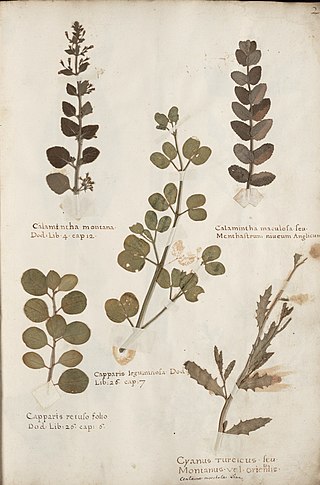
A herbarium is a collection of preserved plant specimens and associated data used for scientific study.

In biology, a type is a particular specimen of an organism to which the scientific name of that organism is formally associated. In other words, a type is an example that serves to anchor or centralizes the defining features of that particular taxon. In older usage, a type was a taxon rather than a specimen.
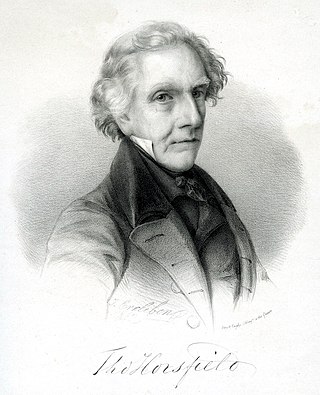
Thomas Horsfield was an American physician and naturalist who worked extensively in Indonesia, describing numerous species of plants and animals from the region. He was later a curator of the East India Company Museum in London.

The University Botanical Garden is Norway's oldest botanical garden. It was first established in 1814 and is administered by the University of Oslo. It is situated in the neighborhood of Tøyen in Oslo, Norway.

The Museu Paraense Emílio Goeldi, commonly shortened MPEG, is a Brazilian research institution and museum located in the city of Belém, state of Pará, Brazil. It was founded in 1866 by Domingos Soares Ferreira Penna as the Pará Museum of Natural History and Ethnography, and was later named in honor of Swiss naturalist Émil August Goeldi, who reorganized the institution and was its director from 1894 to 1905. It is now the "main research center on natural systems and sociocultural processes of the Brazilian Amazon." The museum and zoological park are listed as protected sites by both the National Institute of Historic and Artistic Heritage, and the Department of Historic, Artistic and Cultural Heritage of the state of Pará.

The Kumpula Campus is a science campus of the University of Helsinki. The campus is located some four kilometres from the centre of Helsinki, in the Kumpula district. Completed in 2005, it currently provides study and research facilities for about 6,000 students and 1,000 teachers/researchers.
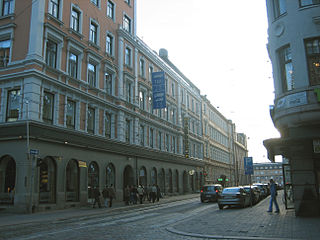
Kaisaniemi is a part of the centre of Helsinki, Finland, located immediately north of the Helsinki Central railway station and south of Hakaniemi. The most famous part of Kaisaniemi is the Kaisaniemi park, a park covering many hectares right in the city centre. Kaisaniemi is part of the Vironniemi district and neighbourhood of Kluuvi.

The Natural History Museum in Lima, is Peru's most important museum of natural history. It was established in 1918 and belongs to the National University of San Marcos.

The University of Helsinki Botanical Garden is an institution subordinate to the Finnish Museum of Natural History of the University of Helsinki, which maintains a collection of live plants for use in research and teaching. The Botanical Garden has two separate sites: one in Kaisaniemi and one in Kumpula.

The Hungarian Natural History Museum in Budapest, dating back to 1802, houses the largest natural history collections of Hungary and the region.

The Natural History Museum is one of the museums under the directorship of the Finnish Museum of Natural History, part of the University of Helsinki, in Helsinki, Finland.
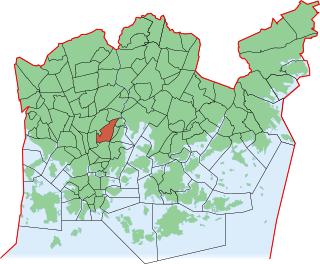
Kumpula is a verdant neighbourhood in Helsinki, bordered by Eastern Pasila to the west, Vallila to the south, Käpylä and Koskela to the north and Toukola and Arabianranta to the east. As of January 1, 2003, Kumpula had approximately 3,600 inhabitants.
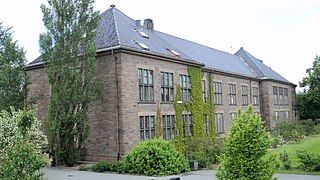
The Natural History Museum at the University of Oslo is Norway's oldest and largest museum of natural history. It is situated in the neighborhood of Tøyen in Oslo, Norway.
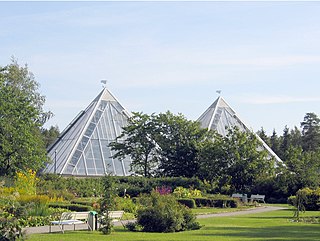
The Botanical Garden of the University of Oulu is one of the northernmost scientific gardens in the world. Botanical Garden collection of plants is maintained for teaching and research purposes and it is open to the public.

The Natural History Museum of Denmark is a natural history museum located in Copenhagen, Denmark. It is affiliated with the University of Copenhagen

A scientific collection is a collection of items that are preserved, catalogued, and managed for the purpose of scientific study.

The Estonian Museum of Natural History is the Estonian national museum for natural history. It is situated in Tallinn's Old Town.





















